|

 Up
Up 
 Wright Timeline 1860
to 1869
Wright Timeline 1860
to 1869 
(You
are here.)



  Need
to Need
to
find your
bearings?
Try
these
navigation aids:
If
this is your first
visit, please stop by:
Something
to share?
Please:



|
|
Available in Française, Español, Português, Deutsch, Россию,
中文,
日本, and others.
|
|
|
 o
invention, no scientific discovery, no work of art, no human
endeavor happens in an historical vacuum. There are always other
factors -- cultural, political, personal -- that influence the
outcome of a single event. So it was with the invention of the
airplane. When Wilbur and Orville were children, the abacus was the most
advanced mathematical aid, influenza was an often-fatal disease, and
the cannon was the most feared weapon of war. By the time Orville
died, the first computers were just being built, antibiotics had
begun to wipe out disease, and the atomic bomb made war
unthinkable. Many of these advances influenced the development of
the airplane -- and the airplane, in turn, influenced further
advances. o
invention, no scientific discovery, no work of art, no human
endeavor happens in an historical vacuum. There are always other
factors -- cultural, political, personal -- that influence the
outcome of a single event. So it was with the invention of the
airplane. When Wilbur and Orville were children, the abacus was the most
advanced mathematical aid, influenza was an often-fatal disease, and
the cannon was the most feared weapon of war. By the time Orville
died, the first computers were just being built, antibiotics had
begun to wipe out disease, and the atomic bomb made war
unthinkable. Many of these advances influenced the development of
the airplane -- and the airplane, in turn, influenced further
advances.
Here is chronology that shows not just the story of the Wright
brothers, but also the world they lived in and the important political,
cultural, and scientific events that loomed large in their lives. Click on the
decade you want to see:
|
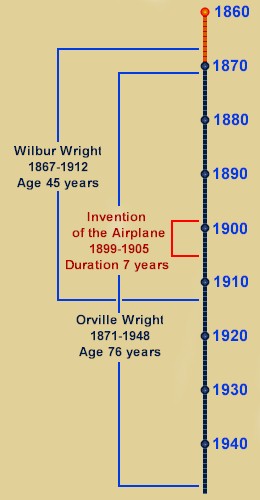 |
Note: For a detailed timeline that shows just the seven
years (1899 to 1905) in which the Wright brothers invented the
airplane, click
HERE.
|
Time
|
The Wright
Story
|
The Bigger
Picture
|
|
1860 |
The Church of the United Brethren appoints
the newly married Milton Wright
as a "circuit rider" — traveling preacher — in Indiana.
|
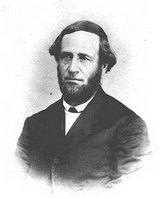 |
The United States of
America is engulfed in a Civil War. It is the first conflict in which
aviation plays a role. Both sides use tethered balloons to
scout enemy positions and direct artillery fire.
|
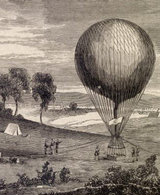 |
|
1864 |
|
|
Louis Pasteur develops the pasteurization process to
kill bacteria. Siegfried Marcus builds an internal combustion engine
with a carburetor to vaporize the fuel and an electric
magneto to ignite it.
|
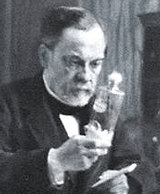 |
|
1865 |
|
|
The Civil War ends, the U.S.
Senate ratifies the thirteenth amendment to the Constitution
abolishing slavery, and President Abraham Lincoln is
assassinated. The Salvation Army organizes.
|
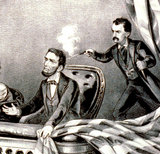 |
|
1866 |
|
|
Alfred Nobel invents dynamite.
The first transatlantic telegraph cable is laid, linking
America and Britain.
|
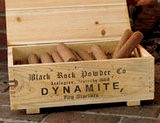 |
|
1867 |
Wilbur Wright is born
to Milton and his wife Susan Wright on a farm near Millville, Indiana.
|
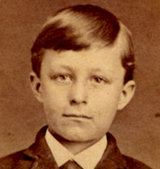 |
Americans begin to lay the track for first Transcontinental Railroad and Johann
Straus writes the Blue Danube Waltz.
|
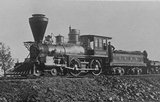 |
|
1868 |
Milton Wright is appointed professor of theology at
Hartsville College in Indiana.
|
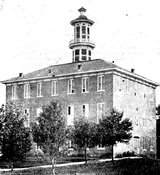 |
The Aeronautical Society of England organizes the world's
first public exhibit of flying machines, including both
lighter-than-air and heavier-than-air craft.
|
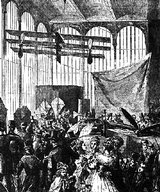 |
|
1869 |
Milton Wright is appointed the editor of the Religious
Telescope, the newspaper of the Church of the United
Brethren, and moves his family to Dayton, Ohio.
|
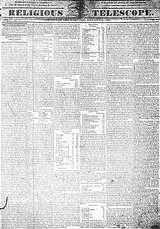 |
The Cincinnati Red Stockings become the first professional
baseball team. In New York, Susan B. Anthony and Elizabeth
Cady Stanton form the National Woman's Suffrage Association.
John Townsend Trowbridge writes Darius Green and His
Flying Machine. |
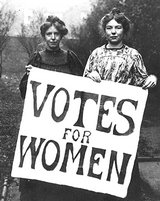 |
|
|
|
|